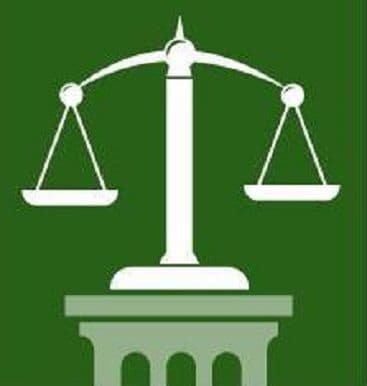J.B. rear-ended L.L., injuring L.L. L.L. filed a chapter 7 bankruptcy petition. He failed to list the injury claim as an asset. Later he sued J.B. for the personal injury claim. J.B. moved to dismiss the personal injury claim because L.L. had failed to disclose the injury claim in his bankruptcy.
L.L. responded by filing a motion in bankruptcy court to reopen the bankruptcy, but never moved to substitute the bankruptcy trustee as the party-in-interest in the personal injury case.
The trial court granted J.B.’s motion and dismissed the personal injury claim.

The Washington Court of Appeals affirmed the dismissal in an unpublished opinion. [1]
Washington law is clear that it is inconsistent to fail to disclose a potential lawsuit in a bankruptcy proceeding, and then attempt to pursue the suit after discharge.
L.L. argued that his failure to disclose was the result of “unclear, vague, and ambiguous” bankruptcy schedules. The Court of Appeals noted that even pro se petitioners have a duty to carefully schedule assets when filing for bankruptcy. The Court rejected L.L.’s argument that any failure to disclose was inadvertent.
Generally, “intent to mislead is not an element of judicial estoppel,” and “‘the debtor’s failure to satisfy its statutory disclosure duty is ‘inadvertent’ only when, in general, the debtor either lacks knowledge . . . or has no motive for their concealment.” L.L. knew about his neck, back, and shoulder injuries the day of his car was rear-ended while he was stopped. He also had an apparent motive to conceal the claim since it would shield any potential proceeds from his creditors.
The bottom line – in Washington if you fail to disclose your personal injury claim in bankruptcy you may find you have no personal injury claim.
This article is not a substitute for legal advice. Contact our personal injury attorney for advice on how your bankruptcy filing may affect your injury claim.
by Seattle personal injury attorney Travis Eller
Our law firm took no part in this litigation.
